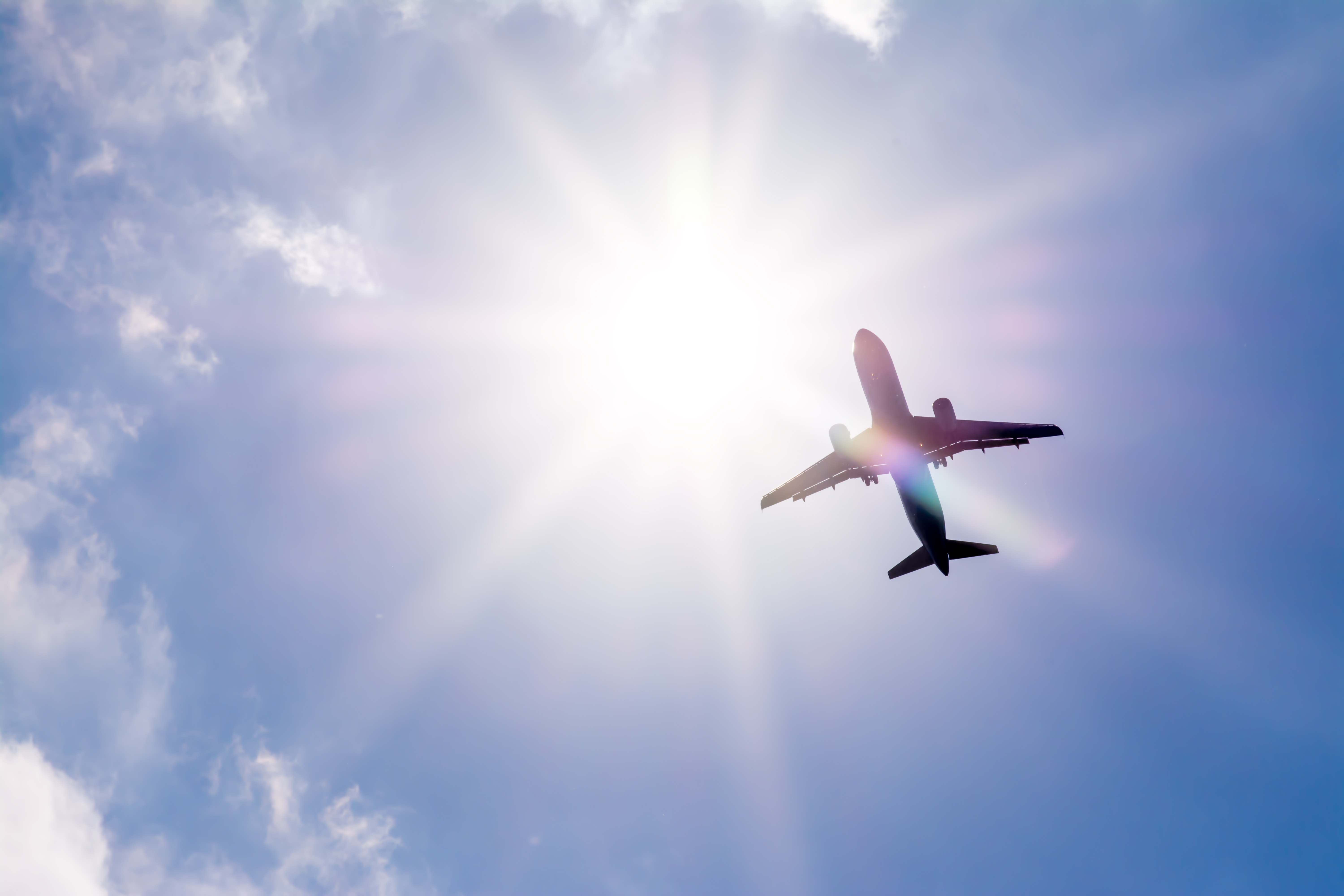The game Wordle took the world by storm last year – you might have seen your friends posting green and yellow boxes on social media, claiming that they have solved this daily word puzzle in three guesses, or that dreaded "X/6," which means that they didn’t manage to crack it. When one considers what first word to guess, it might be tempting to randomly put a five-letter word at the beginning, but this can actually be reduced to a scientific question...
Abstract: Fuel burn accounts for up to 25% of an aircraft's total operating cost and has become one of the most important decision factors in the airline industry. Hence, prudent fuel estimation is essential for airlines to ensure smooth operation in the upcoming financial year. Challenges arise when airlines need to estimate the total fuel consumption of new sectors where data are not available. This necessitates the derivation of a robust parametric model that can represent the characteristics of the new route even in the absence of relevant data. To address this issue, we propose a two-step approach to derive a model that can accurately estimate the aircraft fuel needed. The developed approach involves both unsupervised learning and a regression model. For the unsupervised learning step, hierarchical density-based spatial clustering of applications with noise (HDBSCAN) is used to cluster the principal component analysis (PCA)-reduced data. This step can automatically separate flight sectors based on their underlying characteristics, as revealed by their principal components, upon filtering the noise in the data. Afterward, multivariate linear regression (MLR) is used to derive the equations for each cluster. The PCA-based clustered model is shown to be superior to using a global model for a single aircraft type. This approach yields fuel estimation with less than 5% root mean square error for existing routes within each cluster. More importantly, the proposed method can accurately estimate the total fuel of a new route with less than 2% aggregate error, thereby addressing one of the current limitations in the airline fuel estimation study...
You have from 1 pm to 4 pm to work on homework assignments for subjects #1 to #4. If you complete one assignment per hour you should get them all done on time. Yes or no? Now how about if you have from 1 May to 4 May to complete them? Can you get away with completing one assignment per day? These kinds of problems lead to more questions. Why are hours and days counted differently? Where should we start counting from anyway? Applying what we learn in school is never as simple as it seems – even with something as simple as counting...
With the increase in air traffic over the past decades, the reduction of aircraft noise is one of the major challenges facing stakeholders. Flight operating conditions that decrease noise may possibly increase the fuel consumption of aircraft, which is an important factor in airline cost management. In this paper, we propose a methodology to support flight path planning with the aim of optimising both perceived noise and fuel consumption...
A coin comes up heads five times in a row. Two accidents happen on the same train line in one day. Or a shuffled playlist plays you the same artist three times running. Sometimes it seems like something other than coincidence is at work, but true randomness may not always feel that way to us.....









